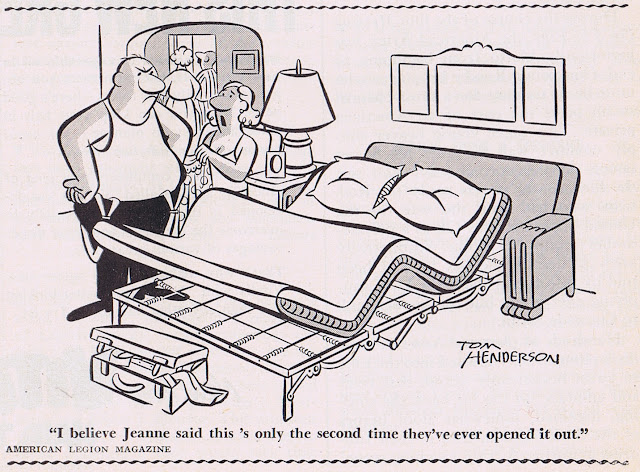Hermes Press announces a "Sy" lent night sale with 25% off of Sy Barry's Phantom books:
Celebrate our Sy lent Night sale with amazing discounts! All of Sy Barry's Phantom Dailies are now on sale. Use code SYLENT25 at checkout to enjoy a 25% discount on titles listed below.
The following titles are on sale from Monday December 8th through Friday December 12th at 11:59 PM.
- Phantom Dailies: Vol. 17
- Phantom Dailies: Vol. 18
- Phantom Dailies: Vol. 19
- Phantom Dailies: Vol. 20
- Phantom Dailies: Vol. 21
- Phantom Dailies: Vol. 22
- Phantom Dailies: Vol. 24
- Phantom Dailies: Vol. 25
- Phantom Dailies: Vol. 26
- Phantom Dailies: Vol. 27
- Phantom Dailies: Vol. 28
- Phantom Dailies: Vol. 29
- Phantom Dailies: Vol. 30
- Phantom Dailies: Vol. 31
- Phantom Dailies: Vol. 32
- Phantom Dailies: Vol. 33
- Phantom Sundays: Vol. 7
- Phantom Sundays Vol. 9








.png)























